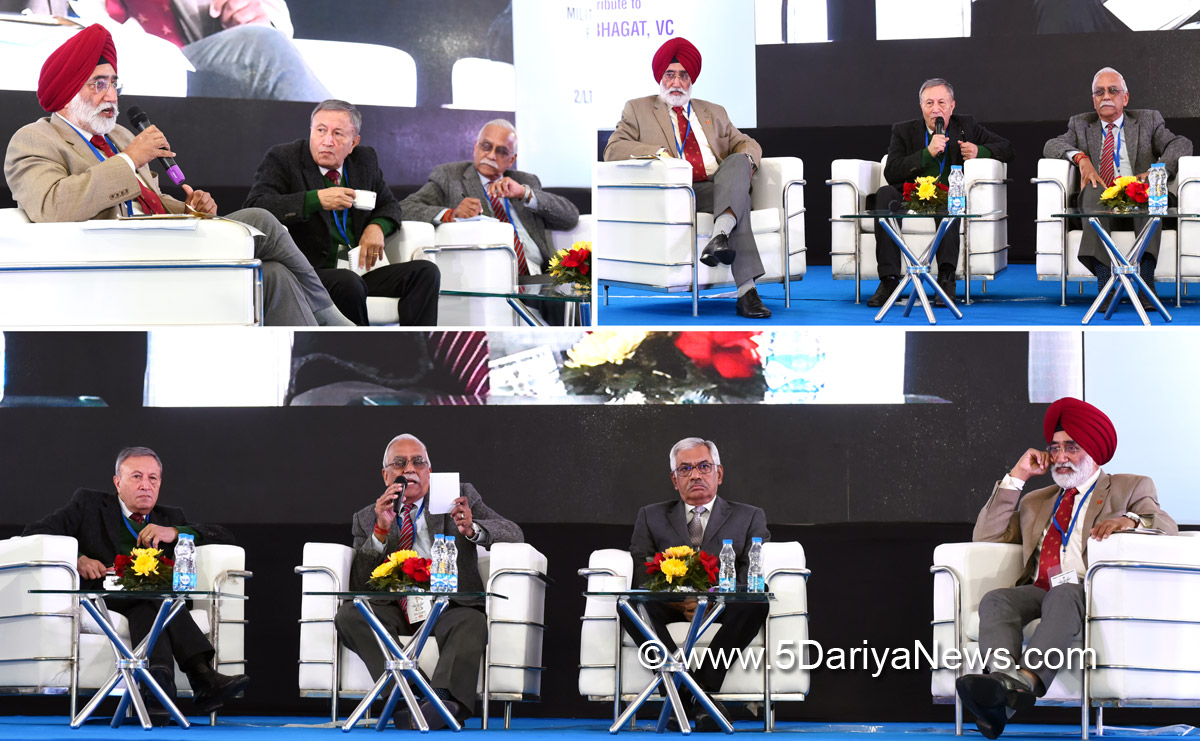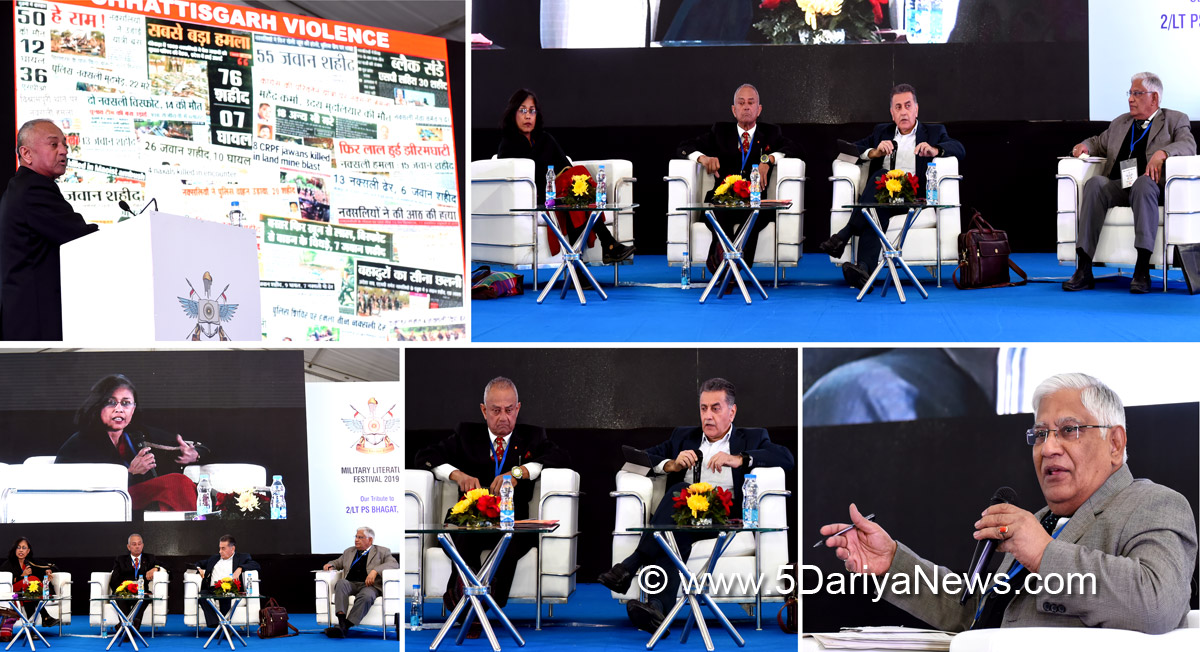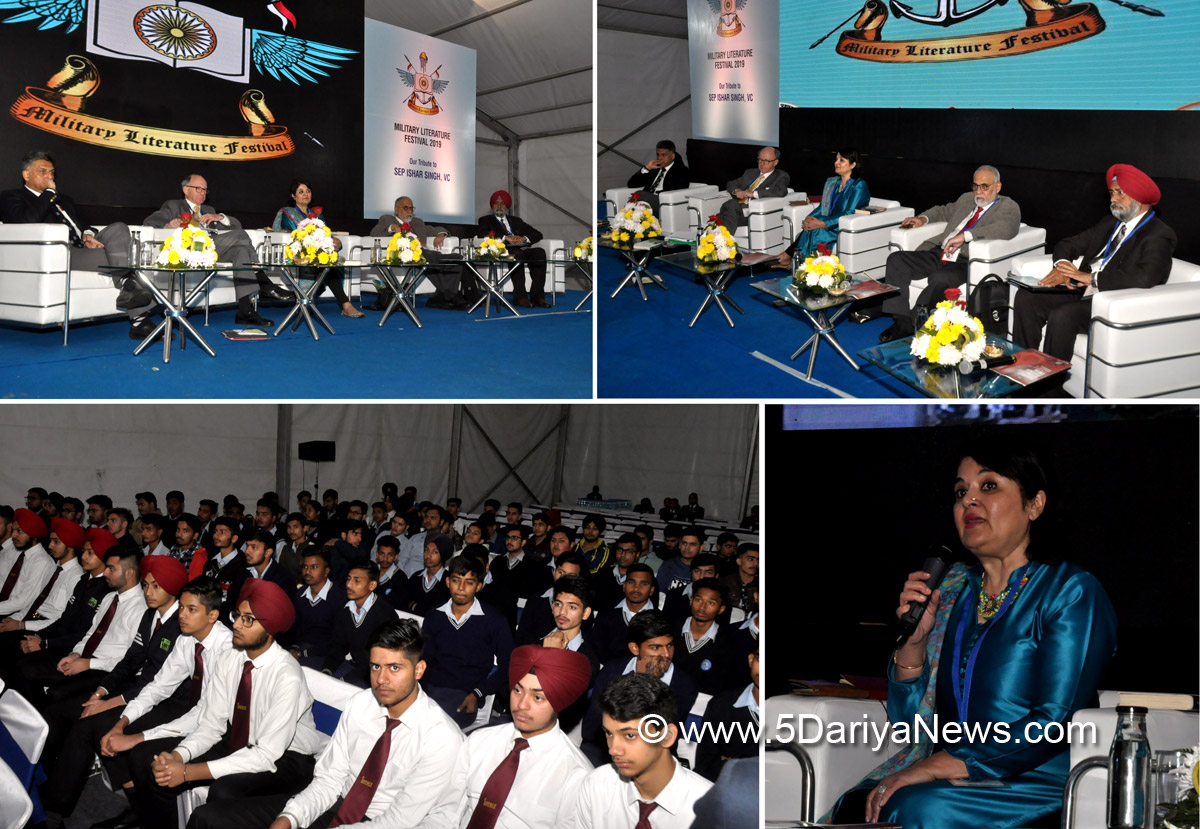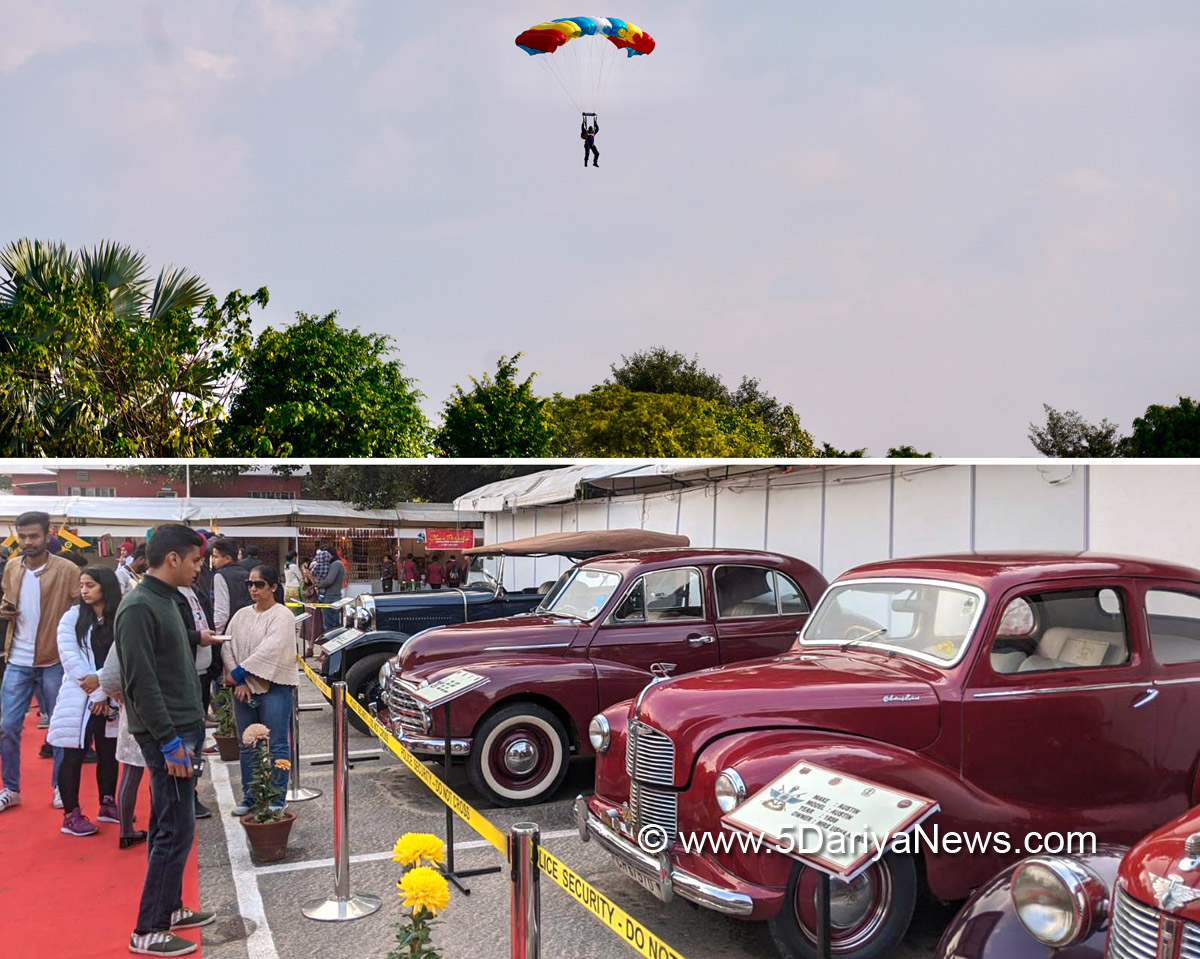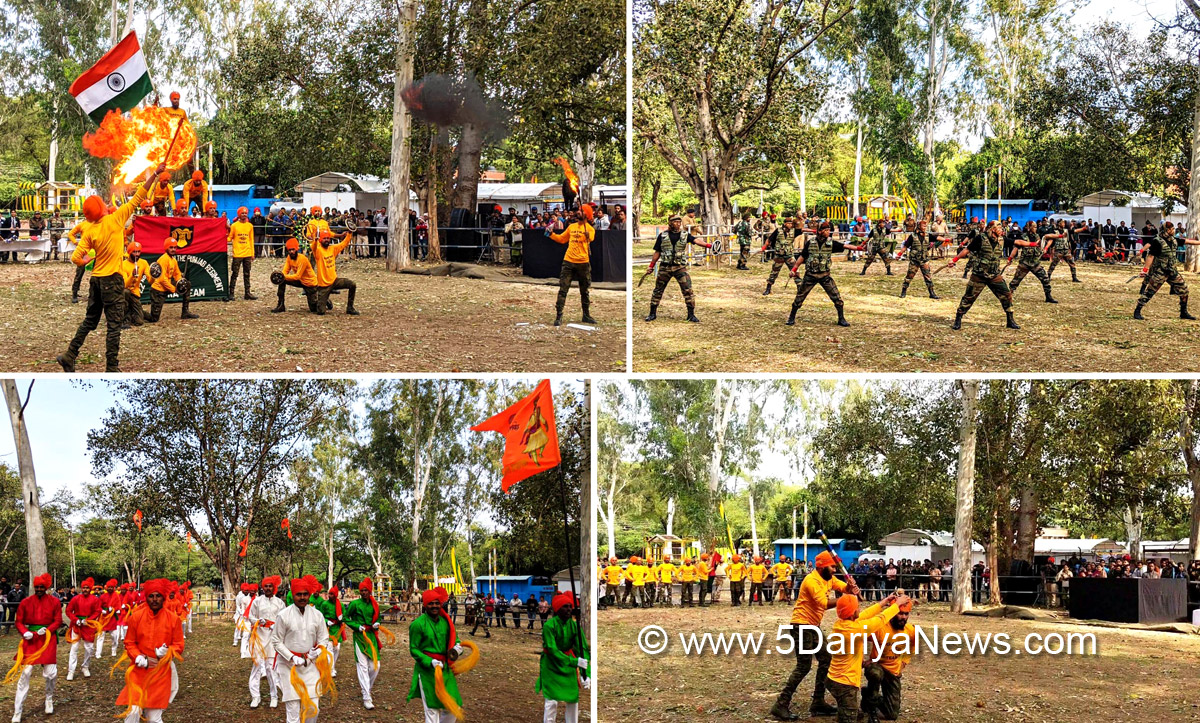
The martial art and dance performances by various Army Regiments of the country on Friday emerged as the star attraction amongst the visitors on the inaugural day of the three-day Military Literature Festival-2019 organised at Lake Club here. The MLF-2019 is a joint venture of Punjab Government led by Chief Minister Captain Amarinder Singh and Governor of Punjab and Union Territory Administrator VP Singh Badnore in collaboration with Western Command of the Indian Army. The show, which left the visitors spellbound, was organised by the Unit 270 of the 474 Engineer Brigade under the leadership of Colonel Mohammad Rakib while Naib Subedar Bhupinder Singh was the in charge.Leading the show, 5 Madras Regiment led by Sepoy Ashok Kumar along with a team of 10 Army men enthralled the audience by performing martial art ‘Kalari Payattu’. ‘Kalari Payattu’ also known as Kalari is an Indian martial art and fighting system that originated in Kerala.On the other hand, a team of 21 performers led by Naib Subedar Nima Tshering Sherpa from 2/5 Gorkha Regiment (Front Fighters), 69 Indian Infantry Brigade (INF BDE) has shown their fighting skills using knives in Khukri Dance. Khukri is a knife, originating from the Indian subcontinent, associated with the Nepali speaking Gurkhas of Nepal and India.A team of 21 performers from 22 Punjab Regiment led by Subedar Dalwinder Singh and Naik Jagjit Singh has also shown their martial art skills by performing Gatka. Gatka is a famous Martial Arts associated with the Sikhs of Punjab.Concluding the show on the first day, a team of 40 teammates from 36 (Maratha) MED Regiment led by Subedar Hemant A Deore mesmerised the audience with their Jhanj Pathak dance performance.Naib Subedar Bhupinder Singh said that the show was organised to showcase the Martial Art skills of the Army persons, who are safeguards of the country. He said that the performances from different regiments will continue till Sunday.Meanwhile, visitors in large numbers enjoyed the food stalls of different states, weaponry exhibition, military art and photography exhibition. Whereas, students got an opportunity to interact with the Army persons during the Samvad Interaction and also watched informative documentaries and films on different Army forces at Clarion Call Theatre. The festival will continue for over the next two days.











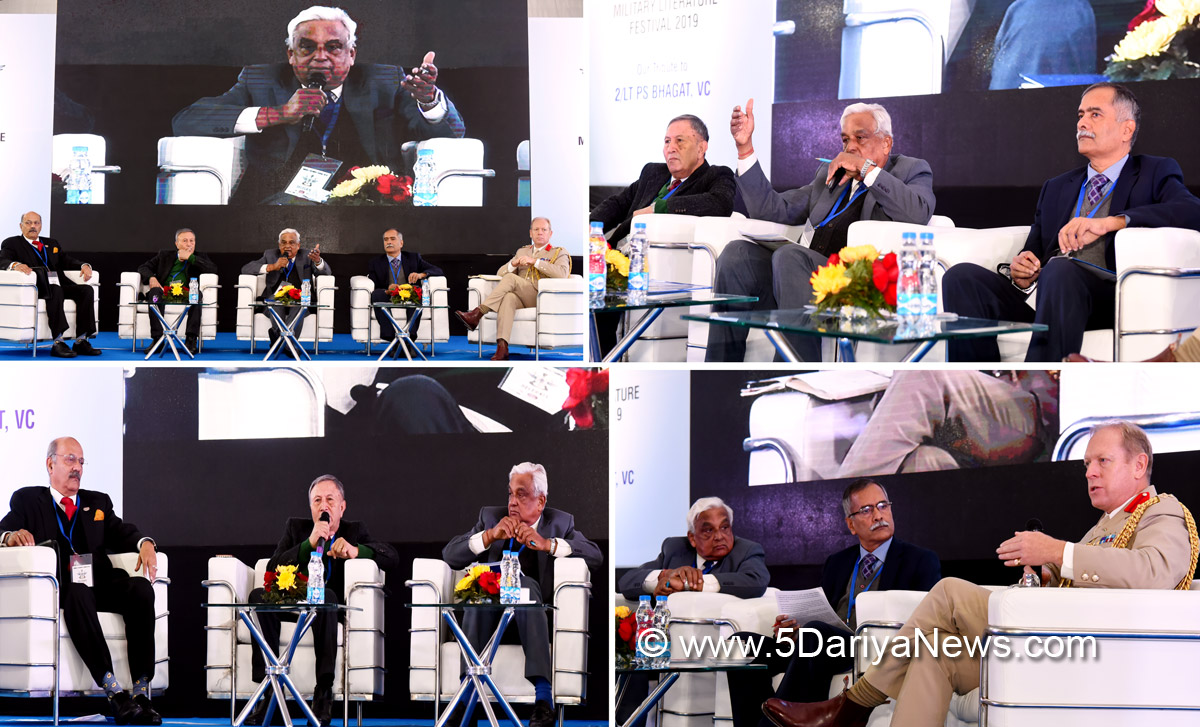
.jpg)
.jpg)

